October in Korea is enchanting - vibrant fall foliage blankets the landscape, making it one of the best months to explore the country. With mild, dry weather and clear blue skies, visitors can enjoy outdoor activities and iconic cultural sites like Gyeongju National Park and the Baekje Historic Areas.
From colorful city parks like Seoul Forest Park to scenic mountain trails in Seoraksan, the changing colors of autumn enhance the beauty of Korea’s natural surroundings. For a richer experience, attend local festivals like the Jeongseon Arirang Festival, where traditional music and heritage take center stage.
Whether indulging in seasonal dishes like hobakjuk (pumpkin porridge) or exploring UNESCO heritage sites, autumn in Korea offers a unique blend of cultural immersion and natural beauty, making it a must-visit destination for travelers.
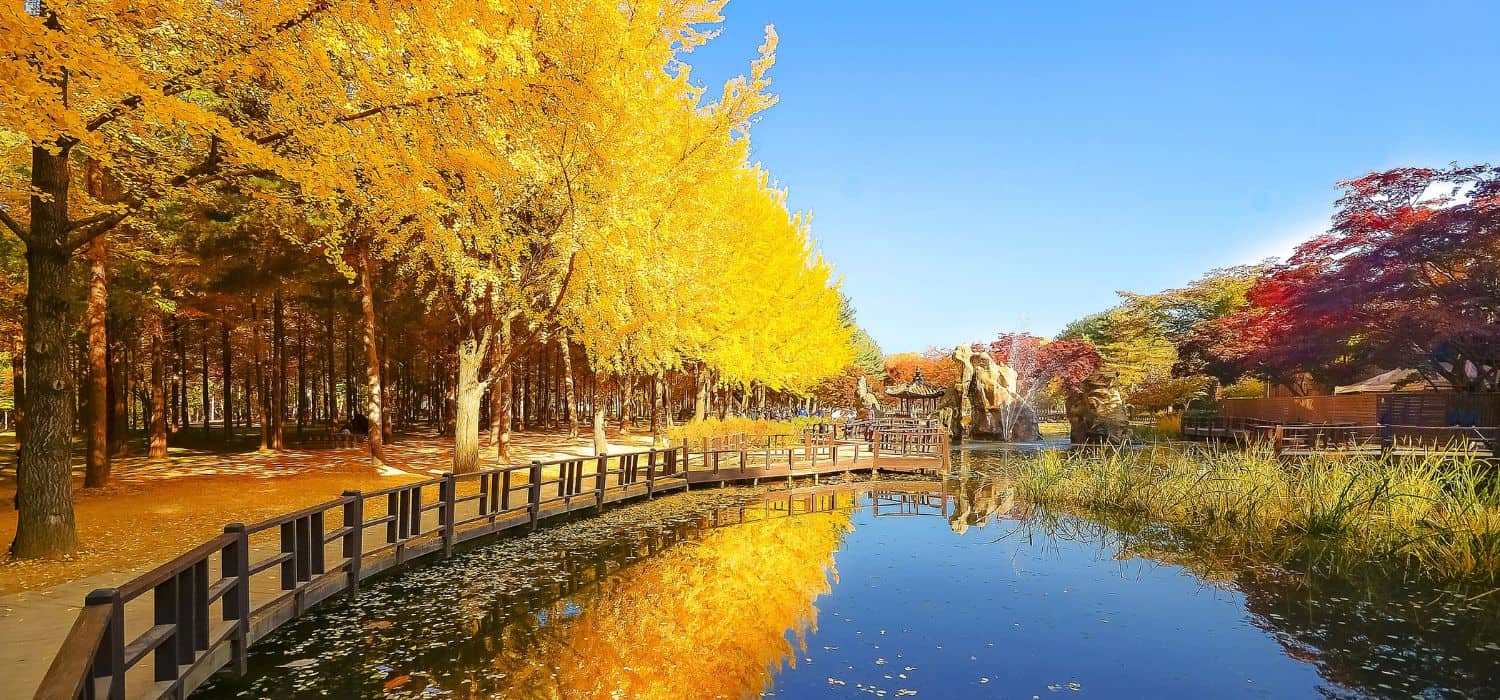
Jump to:
- 🍂 Weather in Korea in October
- 👨👩👧 Crowd and Cost in Korea in October
- 👟 What to Wear in Korea in October
- 📷 Places to Visit in Korea in October
- 🎉 Korea Festivals in October
- ❤️ Korean Public Holidays in October
- 🦀 Korean Foods to Try in October
- 📝 Korea Itinerary for October
- 🎫 Korea Exclusive Tours for Autumn
- ❓ Frequently Asked Questions
- 💬 Comments
🍂 Weather in Korea in October
October in South Korea offers near perfect weather and stunning scenery. The high humidity and summer heat are gone, replaced by dry days with clear blue skies. Temperatures range from 59°F (15°C) in the north to 79°F (26°C) in the south.
This season is great for exploring outdoor spots like the temples of Beopjusa in Songnisan National Park. The fall colors create an amazing backdrop, but remember, it gets chilly at night in the mountains, so pack extra layers.
Seoul is cooler and drier, with daytime highs around 64°F (18°C) and nights around the mid-40s°F (7°C). There's little rain, only about 2 inches (52 mm), perfect for outdoor fun. But the main attraction is the colors - October is when the leaves change, especially from mid to late October. Check foliage forecasts to catch the best views.
👨👩👧 Crowd and Cost in Korea in October
October brings an abundance of travelers to South Korea, making it a lively and beautiful time to visit. The colorful fall leaves alone - especially from mid to late October - attract many visitors.
Popular spots like Nami Island and the national parks see more people as they come to enjoy the stunning colors. Hiking trails are busy, and roads can get crowded. To make the most of it, go early in the morning for some peace before the crowds.
Travel costs like flights and hotels go up during this peak autumn season, but they are usually cheaper than in summer. October can be a good time for budget-friendly travel if you plan ahead.
Booking flights and stays early can make your trip smoother. Despite the crowds, the lovely weather and rich culture make an October visit to South Korea truly rewarding.
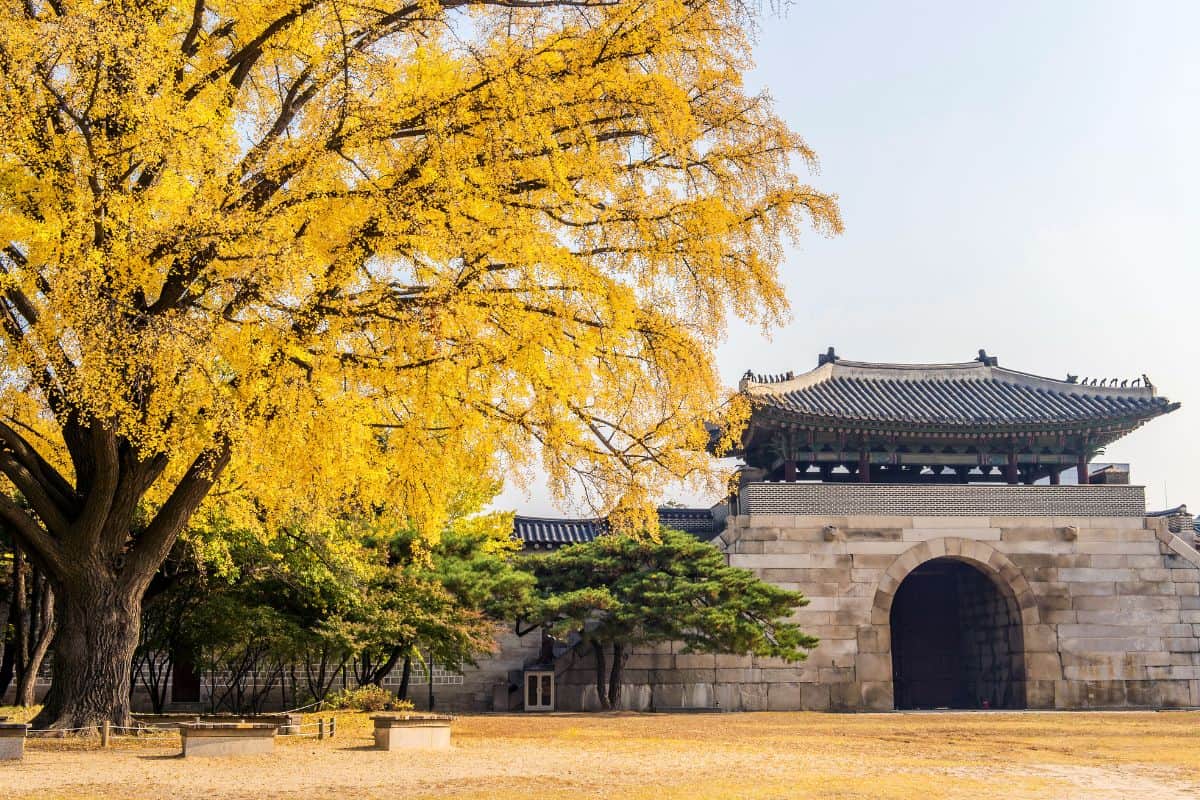
👟 What to Wear in Korea in October
- At least one sweater: As the temperatures range from warm to cool, you'll want sweaters or cardigans for added warmth during chilly evenings.
- Jeans and long sleeves: Opt for long pants rather than shorts, as the weather can be quite chilly, and pack some long-sleeve shirts and blouses to layer as needed.
- Hats and scarves: Scarves and hat for extra warmth, especially if you plan to visit mountainous areas.
- Comfortable walking shoes: Be sure to pack comfortable walking shoes to enjoy all South Korea offers, including the many hiking trails.
- Medium jacket and windbreaker: A jacket and windbreaker may come in handy as temperatures drop noticeably in the evening.
- Umbrella and raincoat: It's always better to be prepared, so bring waterproof clothing or a light rain jacket in case of unexpected showers.
- Sunglasses: The sun can still be strong in October, so don't forget to pack sunglasses to protect your eyes from harmful UV rays.
📷 Places to Visit in Korea in October
Seoul Forest Park
Seoul Forest Park is a mix of nature and city life, offering a relaxing break in Seoul. Opened on June 18, 2005, it used to be a water treatment site but is now a spot for locals and tourists. Covering about 595,000 square meters, it has 4 massive themed areas with different things to see and do.
You can enjoy art displays, the green Ecological Forest, learning zones, or chill by the Han River. The park is also great for nature lovers to see wildlife like deer and birds, while art fans will enjoy the installations in the Culture and Arts Park.
There are plenty of paths for walking or biking, making it perfect for families and anyone looking to relax or have fun. Whether enjoying a coffee or joining community events, Seoul Forest Park is a place to connect with nature and Seoul's lively vibe.
Seoul Olympic Park
Seoul Olympic Park is a large leisure area that blends history, modern sports facilities, and green spaces. Built for the 1988 Seoul Olympics, it combines historical sites like the Mongchontoseong Fortress and Mongchonhaeja Lake with recreational areas.
The park has multiple themes: Leisure Sports Park for sports, Cultural Arts Park for art displays, Eco-Park for nature lovers, and History Experience Park for historical insights and displays. Visitors should plan their visit and explore the park efficiently with the "Hodori Train" that circles the park from Peace Square.
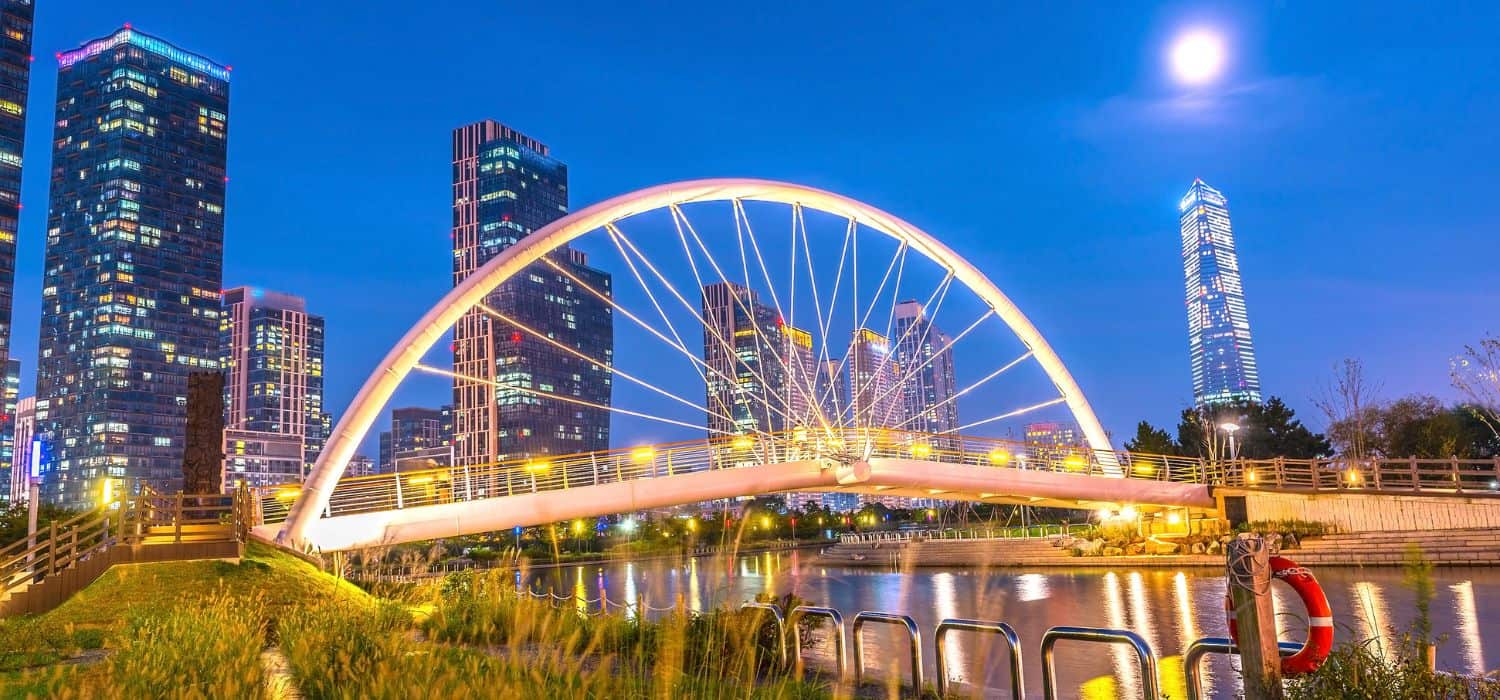
Incheon Grand Park
Incheon Grand Park, located in Incheon, spans 727 acres and serves as a green oasis in the city. It's the largest natural space in the area and is surrounded by Gwanmosan and Sangasan Mountains. The park draws over four million visitors annually, offering clean air, scenic views, and plenty of space for walking, hiking, and picnicking.
It's a great spot for families, solo adventurers, and nature lovers seeking a break from city life. Whether you're after a peaceful walk or a mountain hike, Incheon Grand Park has something for everyone.
Gyeongju National Park
Gyeongju National Park, Korea's only historical national park, was established in 1968. Covering over 130 square kilometers, it's divided into eight areas full of history and culture. Tohamsan Mountain is a highlight, home to Bulguksa Temple and Seokguram Grotto, showcasing top Buddhist art and architecture.
Namsan Mountain, known as the "Buddhist Museum," features many relics from the Silla dynasty. The park blends natural beauty with key archaeological sites, and was recognized by UNESCO in 1979. It's a must-visit for anyone interested in history and East Asian culture, offering a peaceful and enriching experience.
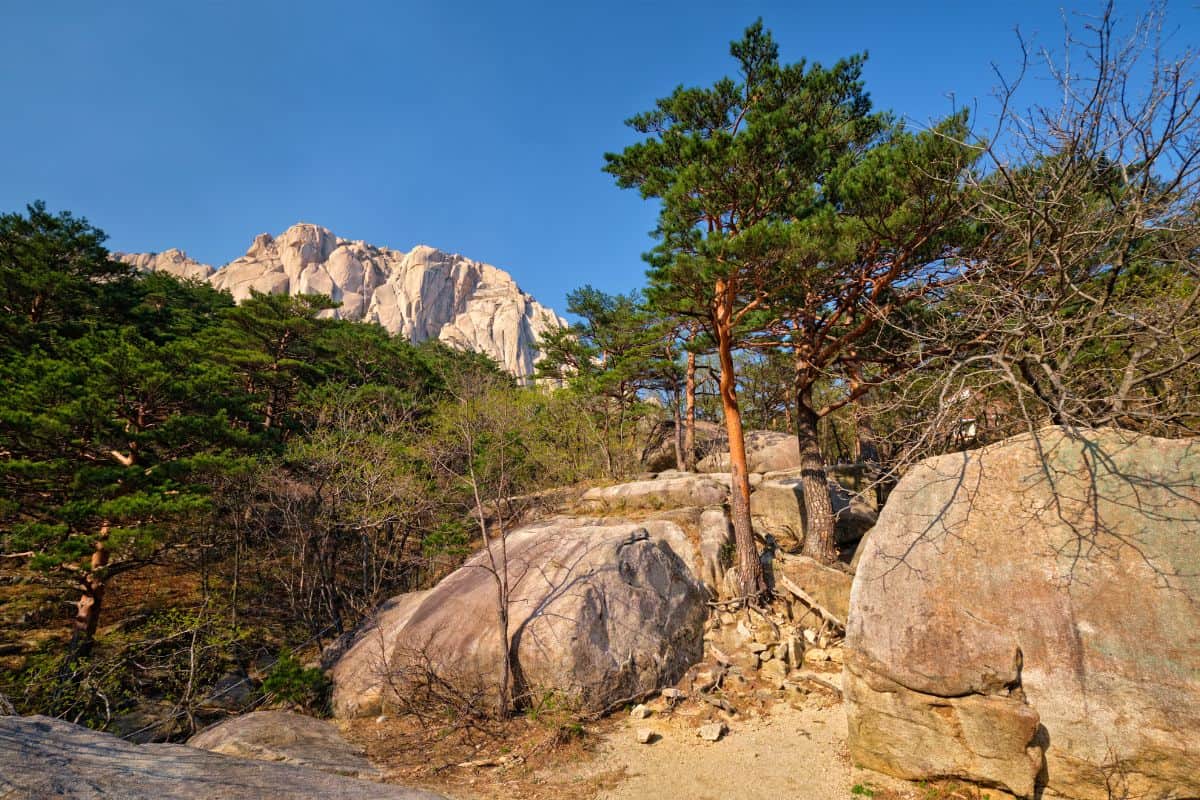
Seoraksan National Park
Seoraksan National Park has natural beauty and stunning views, drawing nature lovers and adventure seekers worldwide. As Korea's first UNESCO Biosphere Reserve, it's recognized for its ecological value and sustainable tourism.
The park is on the IUCN Green List for its conservation efforts. It has 3 main areas: Inner Seorak, South Seorak, and Outer Seorak, each with unique scenery. A must-see is Daecheongbong Peak, Korea's third-highest mountain at 1,708 meters.
Climbing to the top offers incredible views, especially at sunrise and sunset. Whether you're up for a tough climb or a relaxing walk, the park has many hiking trails for all skill levels, inviting visitors to explore its varied landscapes.
Baekje Historic Areas
Located in South Korea's mountainous mid-west region, the Baekje Historic Areas give a fascinating look into the Baekje Kingdom's history from 18 BCE to 660 CE. This UNESCO World Heritage Site includes eight key archaeological sites that show the kingdom's architectural and cultural successes.
Highlights include the Gongsanseong Fortress and royal tombs at Songsan-ri in Gongju, a former capital. Visitors can also see the Busosanseong Fortress and Gwanbuk-ri buildings, offering insights into the governance and fortification of the time.
Other notable sites are the Jeongnimsa Temple and stunning royal tombs in Neungsan-ri, revealing the kingdom's religious and artistic growth. The Naseong city wall in Buyeo shows ancient city planning and defense. In Iksan, the royal palace at Wanggung-ri and Mireuksa Temple display the secondary capital's spiritual and political roles.
These sites were hubs of cultural exchange between Korea, China, and Japan, highlighting the Baekje Kingdom's significance and offering an immersive experience for history fans and travelers interested in ancient East Asian cultures.
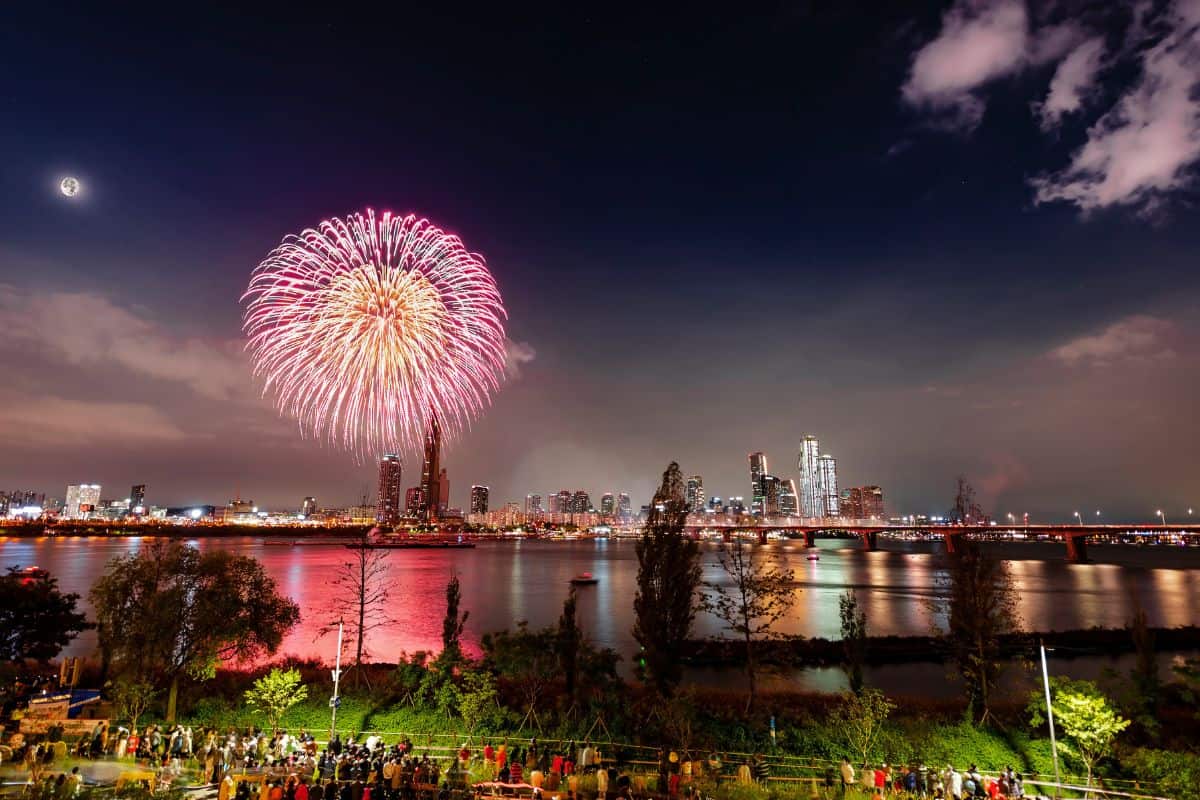
🎉 Korea Festivals in October
Jeongseon Arirang Festival
The Jeongseon Arirang Festival takes place in the town of Bongyang, in Gangwon-do. It's a must-see event for anyone interested in Korea's culture. This festival honors the Arirang song, a key part of Korea's heritage, and was recognized by UNESCO in 2012.
The Jeongseon version is the oldest, dating back over 600 years. Visitors can enjoy performances, workshops, and exhibits about the song's history and importance.
Seosan Haemieupseong Fortress Festival
The Seosan Haemieupseong Fortress Festival happens in Seosan, Chungcheongnam-do. This festival invites visitors to explore Korea's history with traditional ceremonies, cultural shows, and hands-on workshops for local crafts.
Seosan is full of surprises, including this 600-year-old fortress. Visitors can enjoy walks along the fortress walls and take in beautiful views, and for anyone visiting in October, this event is a great way to experience Korean history and warmth.
❤️ Korean Public Holidays in October
National Foundation Day
National Foundation Day, or "Gaecheonjeol," is a key holiday in Korea on October 3rd. It marks the founding of Gojoseon, Korea's first kingdom, by Dangun. This offers a chance to explore Korea's history and culture. In 2018, it was the 4,350th anniversary.
Visitors will enjoy cultural events like parades, performances, and ceremonies; it's a time of national pride and a great way to learn about Korea's beginnings.
Hangul Day
Hangul Day, celebrated on October 9th since 1945, honors the creation of the Korean alphabet, Hangeul. This public holiday, also called Hangeulnal, lets both locals and tourists appreciate Korea's language history.
Hangeul, praised for its clear design, was created under King Sejong in the 15th century to boost literacy. On its day, visitors can enjoy cultural events that showcase Hangeul's role in Korean identity, providing a fun and insightful travel experience.
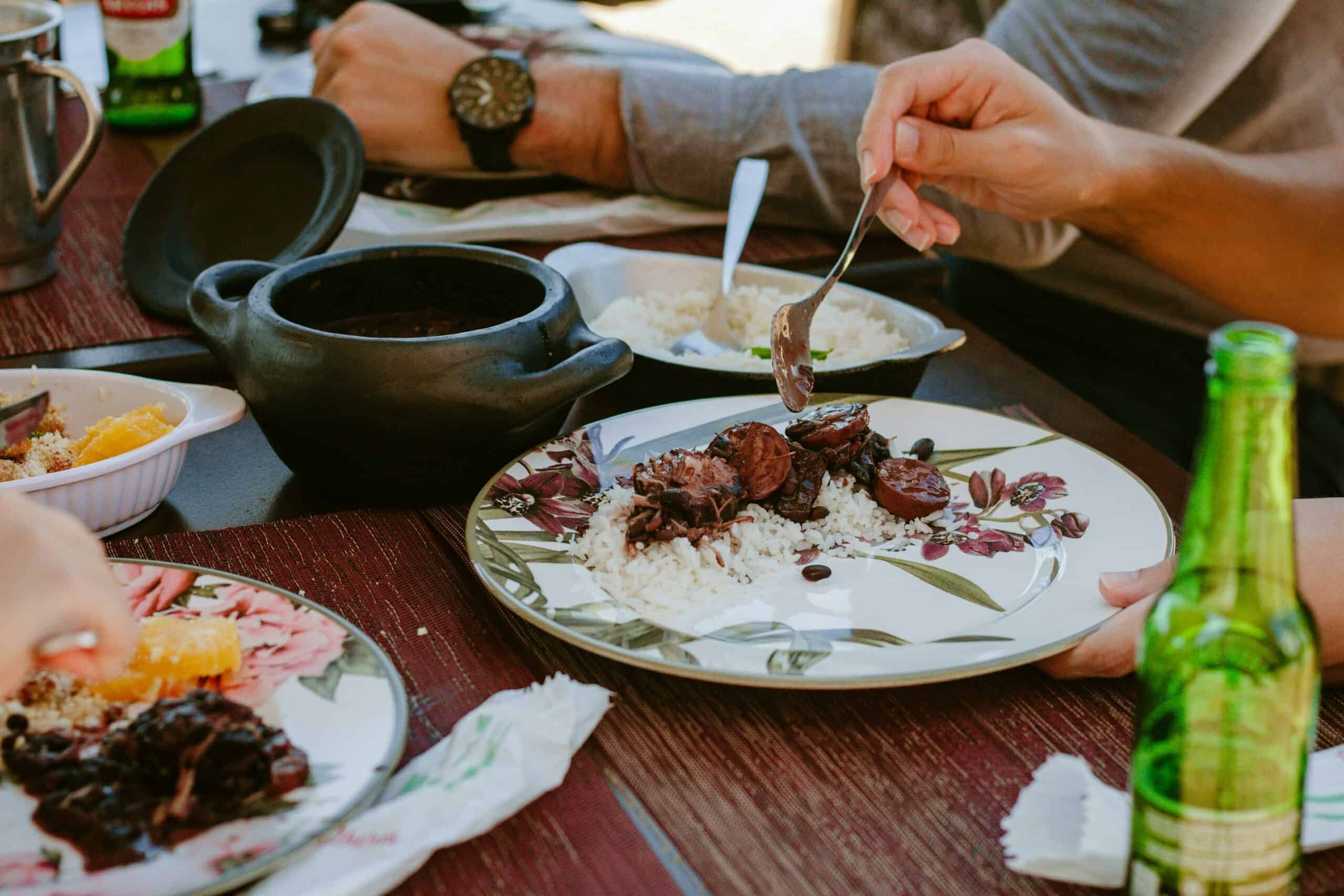
🦀 Korean Foods to Try in October
Jeungpyeon
Jeungpyeon is a type of steamed rice cake that's a must-try when visiting Korea, especially in autumn. Known for its soft texture and mild flavor, it captures the essence of Korean fall. Made by fermenting the dough, it has a tangy taste that pairs well with the cool air of the season.
This traditional dish is an important part of Korean autumn celebrations. If you're exploring Korean food, definitely add jeungpyeon to your October list!
Sujeonggwa
Sujeonggwa is a traditional Korean drink that's popular in autumn and winter. With its deep red-brown color, it offers a unique, sweet, and spicy flavor. Made by boiling dried persimmons, cinnamon, ginger, and pine nuts, it has a warming and refreshing taste.
When visiting Korea, don't miss this hot drink, offering a cozy break from the cold. It's comforting, good for your health, and goes well with traditional dishes, offering a true taste of Korean heritage.
Green Crab
As autumn arrives in Korea, the giant green crab becomes a seasonal favorite - known for its firm, sweet meat, the male crab is enjoyed in various dishes. Steaming is popular to keep its delicate flavor, while it also adds richness to seafood hotpots.
Adventurous eaters should try Korean gejang, where raw crab is marinated in soy sauce or spicy chili sauce for a savory treat. Beyond taste, green crab is nutritious—it's high in calcium, amino acids, and vitamins.
Hobakjuk
Hobakjuk is a tasty Korean dish you shouldn't miss, especially in the cooler months. Its name means "pumpkin porridge," with "hobak" as pumpkin and "juk" as porridge. Made from rice and pumpkins, it offers a sweet, smooth, and healthy treat; the blend of pumpkin's natural sweetness and creamy rice is delightful.
Autumn in Korea is the best time to try it, thanks to the fresh pumpkin harvest in Korea. This warm porridge is perfect for chilly weather, providing comfort and nourishment. Exploring Korea isn't complete without savoring hobakjuk, adding a genuine taste of local cuisine to your trip. Enjoying it in traditional settings makes it even more special, creating a memorable travel experience.
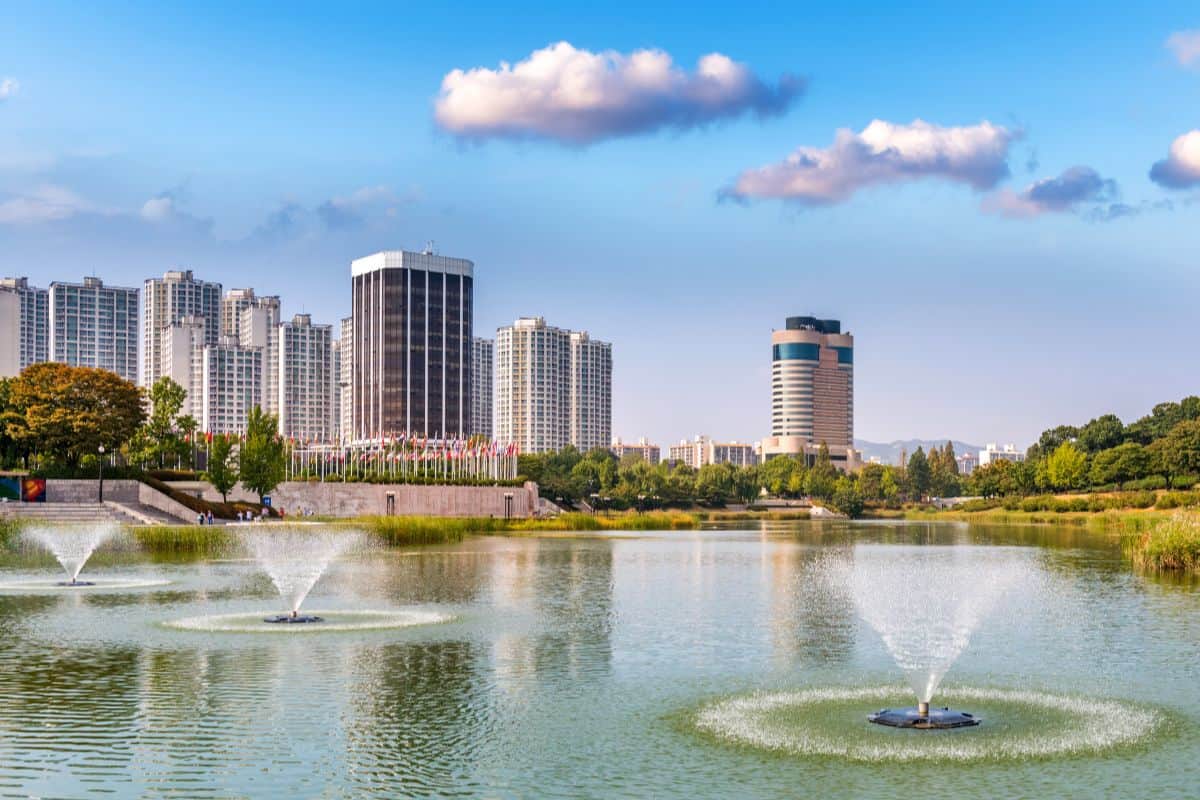
📝 Korea Itinerary for October
Day 1: Explore Seoul's Green and Cultural Spots
Start your trip by visiting Seoul Forest Park in the morning for a relaxed stroll and some fresh air, stopping in at a local traditional Korean restaurant for lunch. Then, head over to Seoul Olympic Park for a leisurely afternoon exploring its themed areas.
Consider using the "Hodori Train" to save time and energy as you navigate through its expansive grounds. In the evening, stroll through Insadong Cultural Street, a lively area filled with art galleries, traditional tea houses, and shops selling authentic Korean crafts.
Day 2: Incheon Grand Park & Scenic Surroundings
Spend the day at Incheon Grand Park, enjoying the scenic trails and stunning fall foliage. For a more immersive experience, hike up the nearby Gwanmosan or Sangasan Mountains for panoramic views. Pack a picnic lunch to make the most of your visit.
In the evening, go catch a showing of NANTA, a musical performance that's one of the longest-running in the country, and head to an all-you-can-eat Korean BBQ restaurant for dinner.

Day 3: Dive into History at Baekje Historic Areas
Dedicate this day to exploring the Baekje Historic Areas. Start in Gongju at the Gongsanseong Fortress and Songsan-ri Tombs, then head to Buyeo for the Jeongnimsa Temple and Naseong City Wall. Take your time at each site and consider using local guides for deeper insights into Baekje’s heritage. Be sure to leave time for meals in between, as this will be an all-day visit.
Day 4: Journey to Gyeongju National Park
Head to Gyeongju National Park and begin your day with a visit to Bulguksa Temple and Seokguram Grotto. In the afternoon, explore the trails around Namsan Mountain to discover ancient relics nestled within the peaceful landscape. Comfortable walking shoes are essential for navigating the park’s varied terrain.
If you have the energy once you return to Seoul, this is the perfect evening on which to head to Myeongdong or Gwangjang Market for a dinner of Korean street food or even a full food tour around one of the historic night markets.
Day 5: Adventure at Seoraksan National Park
Conclude your trip at Seoraksan National Park, starting early to hike up Daecheongbong Peak for stunning views. If you prefer an easier pace, stick to the lower trails in Inner Seorak or South Seorak.
Make sure to bring some Korean snacks and water, as facilities can be sparse on the higher trails. In the evening, head back to Seoul to conclude your trip.
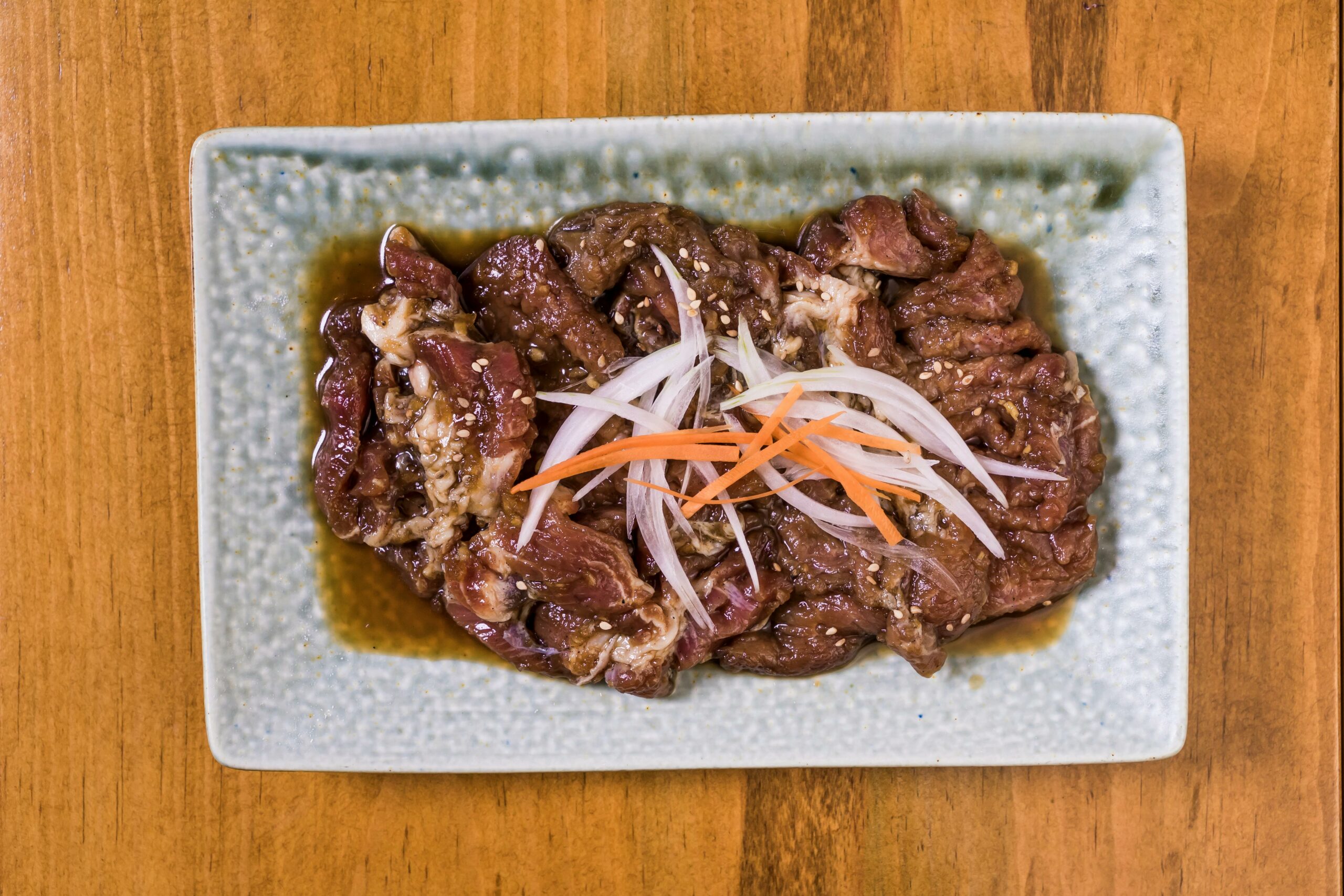
🎫 Korea Exclusive Tours for Autumn
Naejangsan/Seoraksan Mountain Autumn/Fall Foliage 1-Day Tour
This tour is available every Monday, Wednesday, and Friday. It’s a 12-hour trip perfect for solo travelers or groups, and just one person needs to book - you can choose to depart for this hike from Hongik University Station or Myeongdong Station in Seoul.
Enjoy round-trip transport and an English-speaking guide, with entrance fees included, and at Seoraksan, an optional cable car. Taking the cable car over Seoraksan offers stunning views of Korea's breathtaking fall colors, though all participants will end their hike at the mile-long Sokcho Beach for a bit of rest.
Mt. Gamaksan + Eunpyeong Hanok Village + Haneul Park 1-Day Tour
Join a fun day tour of Mt. Gamaksan, Eunpyeong Hanok Village, and Haneul Park, all close to Seoul. Also perfect for solo travelers or groups, this tour runs daily in autumn and winter (except Thursdays in winter). You'll spend about 10 hours on the tour, exploring Korea’s beautiful sites and culture in a mountainous setting.
Start from Hongik University Station, Myeongdong Station, or Dongdaemun History & Culture Park Station, booking 2 days ahead by 2pm KST, and showing your mobile ticket when you arrive.
The tour includes entrance fees and round-trip transport with an English and Chinese-speaking guide. Food, insurance, and personal costs are not included, but you’ll enjoy amazing views and experiences with a meal of your own choosing.
❓ Frequently Asked Questions
October in Korea has mild and pleasant weather, with daytime temperatures ranging from 59°F (15°C) in the north to 79°F (26°C) in the south. Expect dry conditions, clear skies, and cooler evenings, especially in mountainous areas. The vibrant autumn foliage typically peaks from mid to late October, making it an ideal time for outdoor activities.
Layered clothing is key for October in Korea. Pack light to medium jackets, sweaters, and cardigans for comfort during the day and extra warmth in the evenings. Include long-sleeve shirts, comfortable walking shoes, and accessories like scarves and hats if you plan to explore any of the cooler mountain regions.
Top places to visit include Seoraksan National Park for its stunning autumn foliage, the historic sites in Gyeongju National Park, and Seoul’s parks like Seoul Forest and Olympic Park. The Baekje Historic Areas offer a glimpse into Korea's ancient past, while Incheon Grand Park provides a peaceful escape for nature lovers.

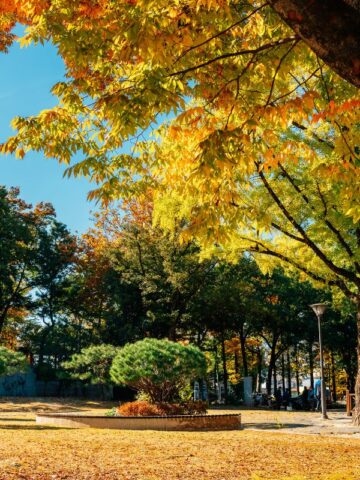
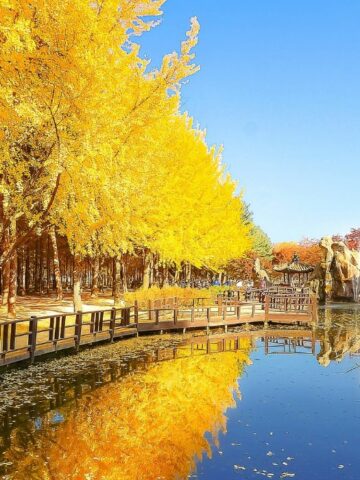
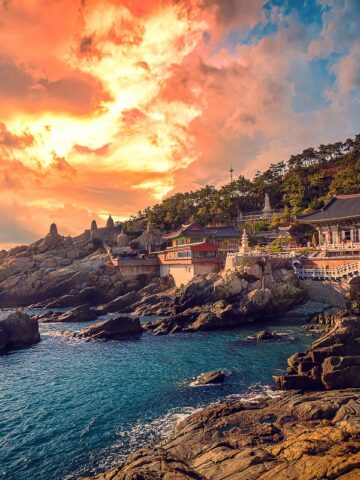
Comments
No Comments